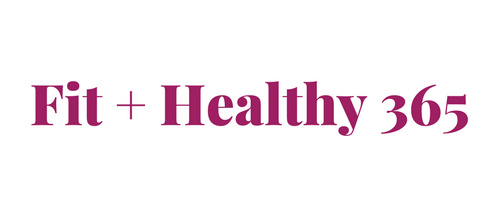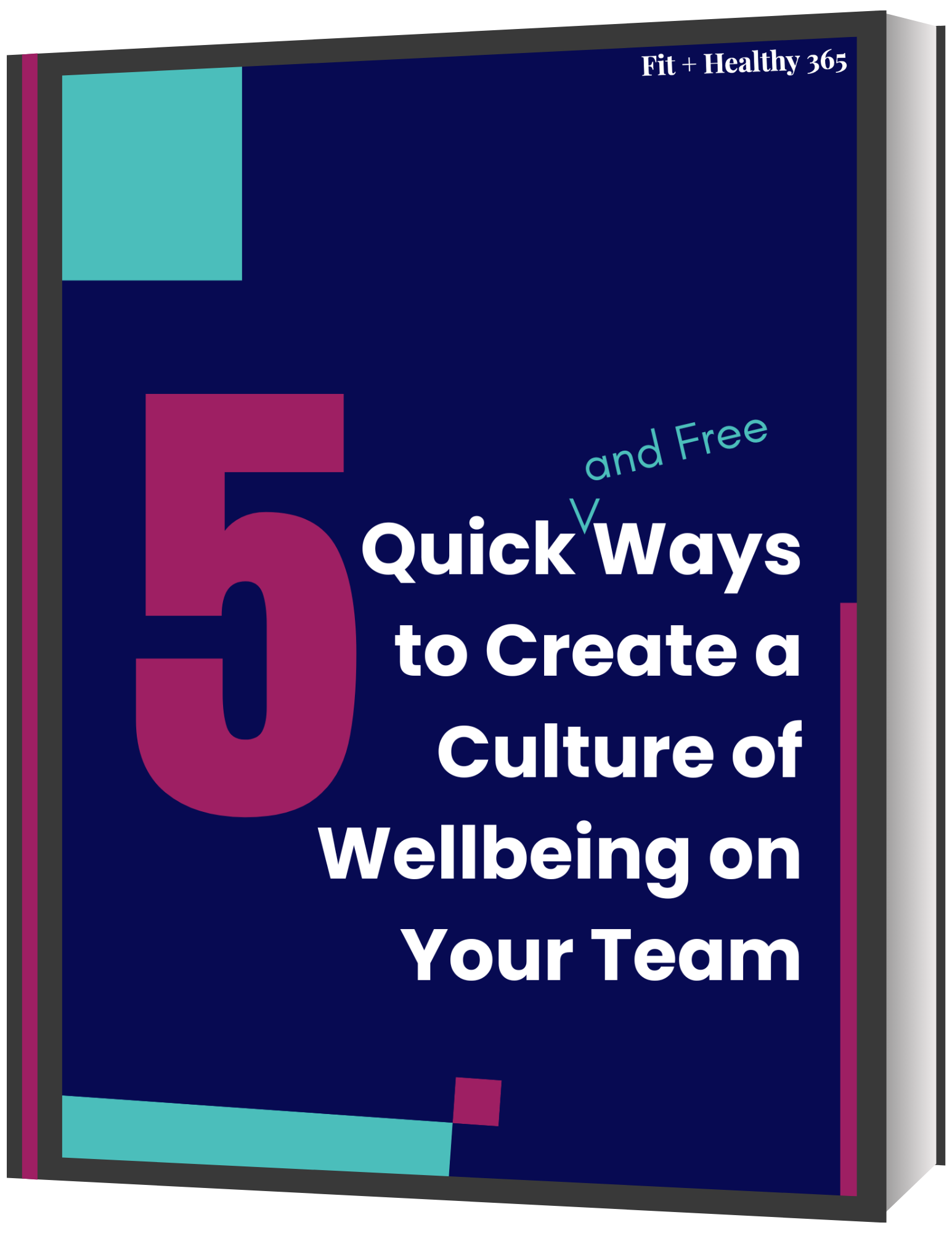Working out at home can be really effective when done properly. It can save you time not having to go back and forth to the gym and can easily be done whenever it’s convenient for you.
But, it’s also easy to slack off and get distracted by TV, laundry, dishes, Facebook…you get the idea. If you’re like me, sometimes it’s “really urgent” that I tidy my kitchen before doing a workout, which ends up meaning I’ve skipped my workout because I ran out of time. Anyone?
At-home workouts take some dedication and drive. However, if you follow these top 3 tips, you’ll be more likely to see progress towards your goals!
Tip #1: Schedule Your Workouts
I’ve written about the importance of scheduling workouts before, but it really is one of the foundations for success.
In my years of working with clients AND in my own personal life, I have found that when you DON’T schedule your workouts, they DON’T happen. Other things fill that space. It’s easy to say “I’ll workout at lunch/tonight when I have a few minutes” or “I’ll try to get up earlier”. But, the reality is that we are rarely without something filling our time and unless you are purposeful about putting exercise into your calendar, it’s extremely unlikely it will put itself there.
So, how do you fix that? Figure out what’s the best time for your workouts and then actually put them in your calendar. Whether it’s a paper calendar or on your phone. Get it in there. And then set reminders if you need.
For most people, doing a workout first thing in the morning is best. You wake up a bit earlier, workout, then shower and do your day. However, this is not the case for everyone. Some people like to sleep a little longer or mornings are too hectic so an evening time is better.
You need to determine what’s best for you. And then schedule it.
Why this works
Essentially by scheduling your workouts you are habit-building. You’re making exercise part of your routine and daily life. The ultimate goal is that it becomes a default and you don’t need to think about it. You just know that every day (or every other day) you workout at X-o’clock. This type of consistency is what breeds success and results. Hoping and trying don’t get you very far; doing will.
Tip #2: Push Yourself
Sometimes when we workout alone we go easy and don’t push as hard. You might take more breaks or not lift as heavy. While consistency is a key component for results, so is challenging yourself.
If you are using a 5 lb dumbbell when you could be using 10 lbs, you won’t see an increase in strength because you aren’t making your muscles work very hard.
There are a few different ways to challenge yourself during an at-home workout:
- Increase weight – lift a little heavier weight (start with small increments) or use weight (dumbbells, resistance band, etc) if you aren’t using any. Increase until you find a weight that’s feeling like an actual challenge. It shouldn’t be easy, but you should be able to maintain good form. (Check out this article for how many reps and sets you should do).
- Beat the clock – increase the number of reps you do of an exercise in a certain amount of time. For example, set a timer for 1 minute and see how many squats you can do. Keep track and try to increase the reps each time.
- Do combination moves – instead of just doing one exercise at a time, combine 2 or 3 together. For instance, do a squat and shoulder press or a lunge and biceps curl. There are tons of options. Combining exercises works more muscles at a time (saves time), gives you more of a calorie burn, and increases cardio.
Why this works
Our bodies like to be efficient. They are very adaptable and once they get used to doing a certain thing, they aren’t challenged anymore. Which usually means your body isn’t changing. (That’s not necessarily a bad thing if you are in a maintenance mode). By increasing intensity you are forcing the muscles to work more or increasing your cardio capacity and level of endurance. You are usually stronger/more capable than you think. Test it out! (safely, of course)
Tip #3: Invest in a Few Pieces of Equipment
I highly recommend getting a few pieces of equipment for your at-home workouts. It doesn’t have to be a lot or expensive, but having additional equipment than body weight can help increase intensity (see tip #2), getting you better results.
As well, with just body weight it’s difficult to target certain muscles, such as the whole back and your biceps. Working the back, in particular, is extremely important because it’s often neglected AND helps to fight the poor posture you get from sitting at computer all day or being on your phone a lot (hunched forward position).
Here’s what I recommend as a minimum:
- exercise mat
- resistance band (medium tension)
If you can add a few more pieces then I recommend:
- set of dumbbells (2-3 different weights)
- stability ball
There are many other fun workout “toys” but for me, those are the basics. You can find them easily at places like Winners, Walmart, Canadian Tire, local fitness shop.
ps. If you’d like more guidance for your at-home workouts, check out my 15 Minute Workout Club! You’ll follow along to workout videos that are 15 minutes or less. No more thinking about what to do, just log in and do that day’s workout.


